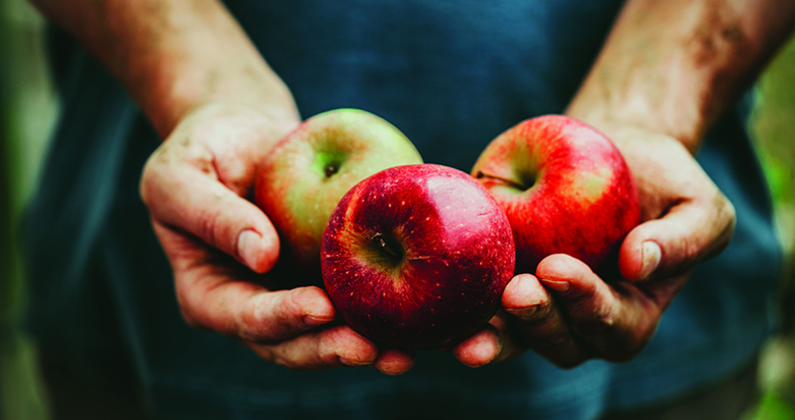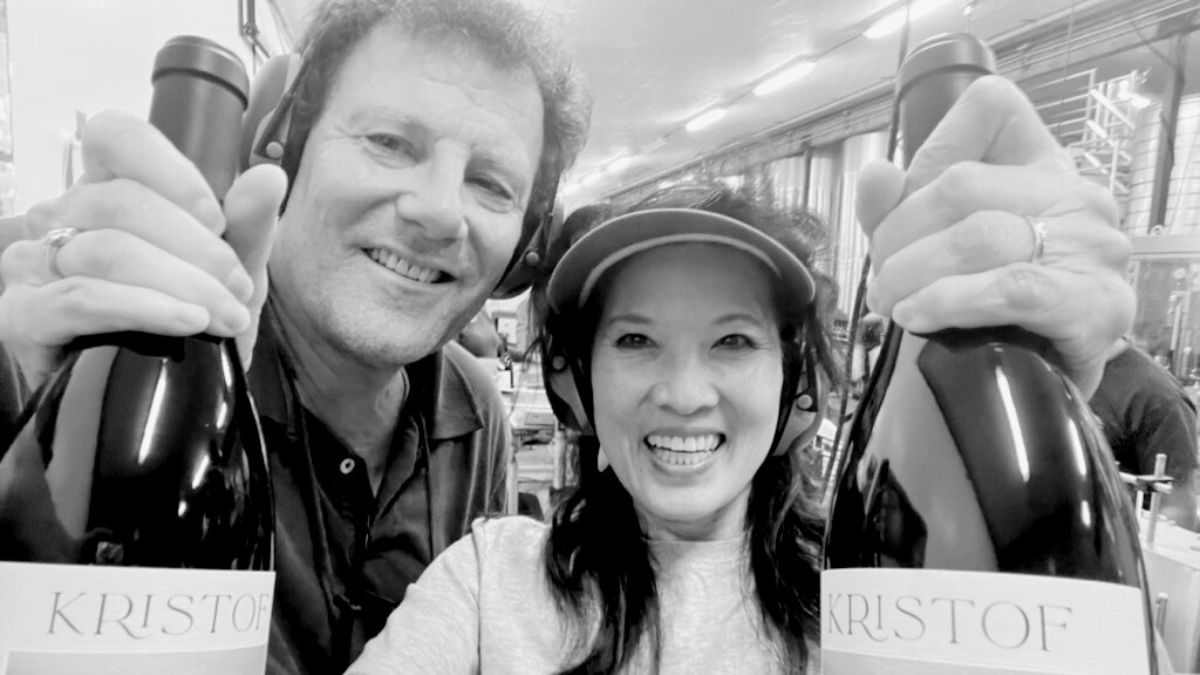Cracking open a can or a bottle of cider is an experience for cider lovers: embracing a unique beverage in its own right thanks to its balance of tartness, sweetness and even a bit of effervescence. But what makes each type of cider you sip on so unique? If you’re new to the world of cider, it may come as a surprise that the apples being pressed to make your favorite sipper aren’t necessarily the same as what you’d find on the grocery store produce shelves. Many times, the apples picked and pressed for this craft beverage are grown specifically for cider. To learn a bit more about cider apples, we went straight to the source to chat with Nancy Bishop of Alpenfire Cider.
When it comes to cider-specific apple varieties, there are four main groups that may be incorporated into making the best cider ever: sweets, sharps, bittersweets and bittersharps. And while it may seem as simple as just choosing apples, pressing the juice, fermenting it and you’re good to go, the type of apples used are carefully chosen for the best products.
Cider apples need a good level of sugar, because ultimately the sugar is what plays a role during the fermentation process to create alcohol. Between the sugar levels, acidity levels for tartness and tannins, it’s all a carefully calculated equation to make a well-balanced cider.
“It really depends on what you’re after in the final product,” Bishop says. “If you have high acid then you want a corresponding sweetness level. You don’t want to make something that’s one-dimensional.”
To achieve a complex cider, a mixture of these apple varieties is often blended to later produce a product that hits all the notes desired by the cidermaker.
Sweets
Sweets are the more common apples you’ll see on your grocery store shelves. Fuji, Red Delicious, Honeycrisp and Golden Delicious all live in this category, but they’re not often used on their own in making a cider. These apples boast high sugar content with low acid and low tannins, and according to Bishop they’re best used for blending.
Sharps
Sharps are your Granny Smiths of the apple family. Sharps are super high in acidity, but they’re generally low in tannins. Sharps are commonly used to balance out a cider when it might be too sweet, adding a tart component to round out its flavor.
Bittersweets
According to Bishop, bittersweets typically hang on the trees longer and they aren’t harvested until November. There’s much more complexity to this type, as they’re bitter but mixed with a bit of sweetness, as the name suggests. This variety boasts low acidity and high tannins, but according to Bishop, a cidermaker will generally need to balance this variety with sharps to adjust the pH level and bring the acidity up.
Bittersharps
Bittersharps encompass everything cidermakers want in a good cider apple with high acid and high levels of tannins, and for many cidermakers they may even use bittersharps on their own, without blending with any other varieties. “It’s the more perfect cider apple,” Bishop says. They’re definitely not the type of apple you’d find in your local store as Kingston Black and Porter’s Perfection fall into this category, offering cidermakers the ideal balance for a delicious cider.






